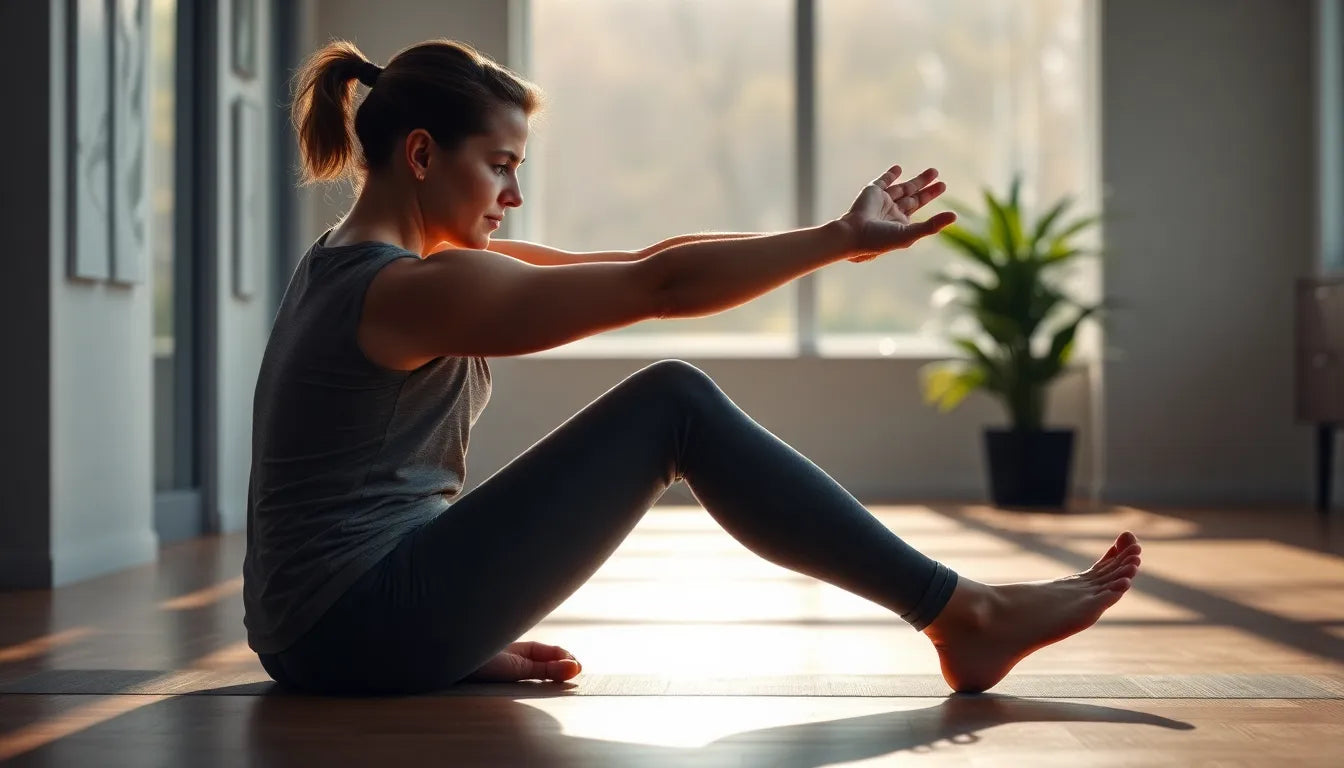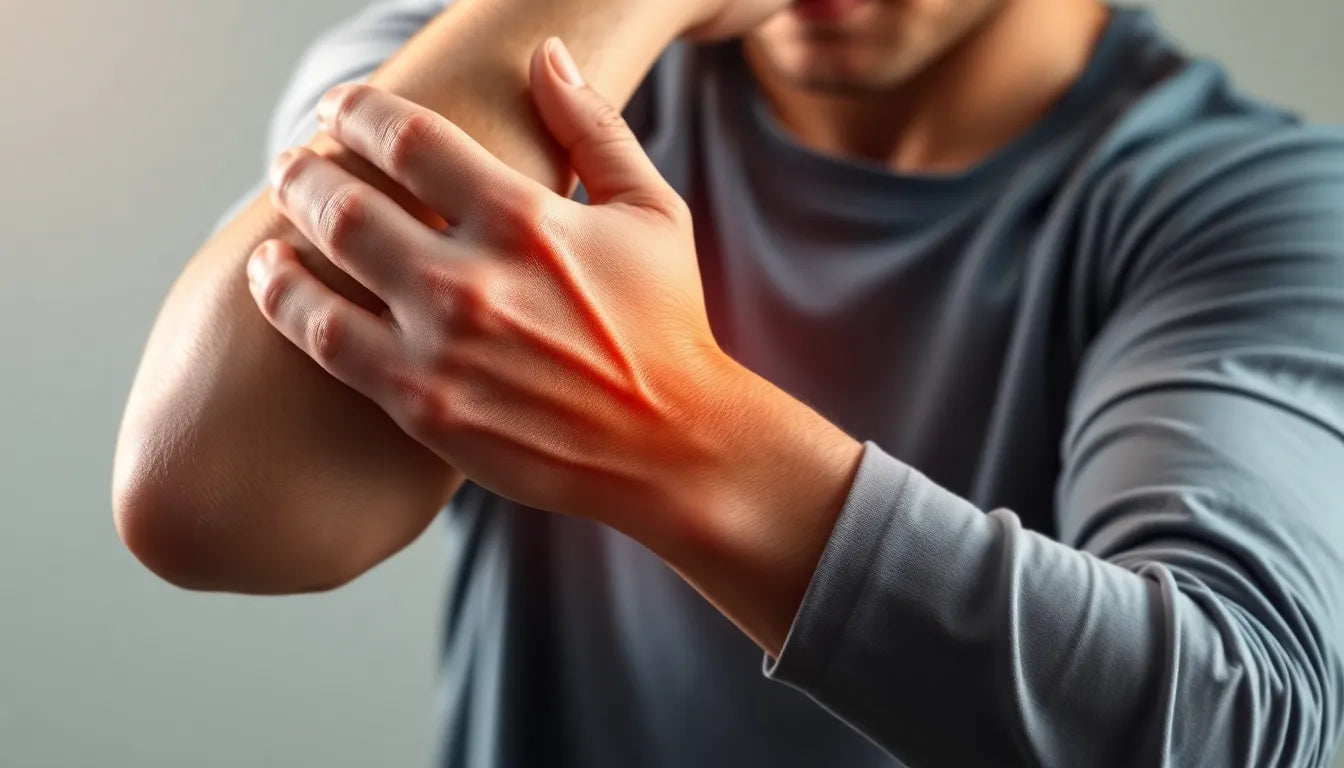Stretching exercises after gymnastics are crucial for maintaining and enhancing flexibility, reducing muscle tension, and aiding in recovery. After an intense gymnastics session, your muscles have been put through their paces, and stretching is a vital step in the cool-down process. It helps in preventing injuries, improving performance, and ensuring that your body is ready for the next challenge.
the importance of stretching after gymnastics
Stretching post-gymnastics is not just a routine; it's an essential practice that can significantly impact your overall performance and well-being. When you stretch, you increase the blood flow to your muscles, which helps in delivering essential nutrients and oxygen needed for muscle repair. This process not only aids in recovery but also reduces the risk of muscle stiffness and soreness, common issues faced by many gymnasts.
Moreover, stretching helps in maintaining and improving flexibility, which is a key component of gymnastics. Flexibility allows gymnasts to perform complex movements with ease and grace. By incorporating a regular stretching routine, you can enhance your range of motion, making it easier to execute challenging routines and reducing the likelihood of strains and sprains.
common issues faced by gymnasts
Gymnasts often deal with muscle tightness and soreness due to the demanding nature of the sport. These issues can lead to discomfort and even injuries if not managed properly. Stretching addresses these problems by elongating the muscles and relieving tension. It also helps in balancing muscle groups that might be overused during training, promoting overall muscle harmony.
Additionally, stretching can be a meditative practice that helps gymnasts focus on their breathing and body awareness. This mindfulness aspect can be beneficial for mental relaxation, reducing stress levels, and preparing the mind for future performances.
benefits of incorporating a stretching routine
Incorporating a stretching routine after gymnastics can be a game-changer. Not only does it contribute to better performance, but it also plays a crucial role in injury prevention. Stretching helps in aligning the muscle fibers, reducing the risk of tears and strains. It also aids in maintaining the elasticity of the muscles, which is essential for executing dynamic movements.
Furthermore, a well-structured stretching routine can enhance your overall athletic ability. By improving your flexibility and range of motion, you can perform with greater ease and fluidity. This not only boosts your confidence but also allows you to push the boundaries of your capabilities safely.
In conclusion, stretching exercises after gymnastics are not just beneficial but necessary for any gymnast aiming for peak performance and long-term health. By dedicating time to stretch after each session, you invest in your body's resilience and readiness for future challenges. So, make stretching an integral part of your gymnastics routine and experience the difference it can make in your performance and recovery.

Women's Posture Shirt™ - Black
Activates muscles and helps reduce pain; ideal for recovery and better posture after activity.
evidence-based benefits of stretching
Stretching exercises after gymnastics bring a multitude of evidence-based benefits that are crucial for any gymnast looking to enhance their performance and recovery. One of the most significant advantages is the increase in joint mobility and flexibility. According to research, regular stretching can significantly improve the range of motion in joints, allowing gymnasts to perform complex movements with greater ease. This increased mobility not only enhances performance but also reduces the risk of injuries by ensuring that muscles and joints are prepared for the demands of gymnastics routines.
Another key benefit of stretching is muscle relaxation and recovery. Physiologically, stretching helps in reducing muscle tension and soreness, which are common after intense gymnastics sessions. By elongating the muscles, stretching promotes relaxation and helps in alleviating discomfort. This process is supported by the fact that stretching improves blood circulation, which aids in delivering essential nutrients and oxygen to the muscles. Enhanced blood flow facilitates quicker recovery, ensuring that gymnasts are ready for their next session.
recommended stretching techniques
When it comes to stretching after gymnastics, understanding the difference between static and dynamic stretching is essential. Static stretching, which involves holding a stretch for a prolonged period, is particularly beneficial post-workout. It helps in loosening the muscles and increasing flexibility, making it an ideal choice for cooling down after gymnastics.
Targeting the right muscle groups is also crucial for effective stretching. Gymnastics heavily engages muscle groups such as the hamstrings, hip flexors, calves, back, shoulders, and glutes. Focusing on these areas during your stretching routine can help in relieving tension and improving overall muscle balance. By incorporating stretches that target these specific muscles, gymnasts can ensure a comprehensive cool-down that addresses the most used parts of their body.
detailed exercise instructions
exercise 1: kneeling dorsal flexion
The kneeling dorsal flexion is an effective stretch targeting the ankle and shin muscles, which are often engaged during gymnastics. To perform this stretch, kneel on the floor and lean forward slightly, allowing your ankle and shin to stretch. Hold this position for 15-30 seconds, ensuring that you feel a gentle stretch without any discomfort.
exercise 2: wide stance rock
The wide stance rock is designed to stretch the hips and hamstrings, which are crucial for gymnastics movements. Begin by getting on all fours and maintaining a wide stance with your knees. Rock your hips back and forth gently, holding each position for 15-30 seconds. This stretch helps in loosening the hips and hamstrings, promoting greater flexibility and mobility.
exercise 3: thoracic rotation
For the upper back and spine, the thoracic rotation is an excellent stretch. You can perform this exercise either seated or standing. Rotate your upper body from side to side, holding each position for 15-30 seconds. This stretch enhances spinal mobility and helps in reducing tension in the upper back, which is essential for maintaining a good posture during gymnastics.
exercise 4: standing/lying hamstring stretch
The standing or lying hamstring stretch targets the hamstrings, calves, and glutes. To perform this stretch, either stand or lie down and bend forward to reach your toes. Hold the stretch for 15-30 seconds, ensuring that you feel a gentle elongation of the muscles without any pain. This exercise is particularly beneficial for improving flexibility in the lower body, which is vital for executing gymnastics routines.
By incorporating these stretching exercises after gymnastics, athletes can experience improved flexibility, reduced muscle tension, and enhanced recovery. These benefits contribute significantly to overall performance and well-being, making stretching an indispensable part of any gymnast's routine.

Men's Posture Shirt™ - Black
Patented NeuroBand™ tech for improved muscle activation; aids recovery and postural control post-exercise.
additional tips for effective stretching after gymnastics
To maximize the benefits of stretching exercises after gymnastics, it is essential to incorporate certain techniques and practices. One key aspect is the use of proper breathing techniques. Deep, controlled breathing during stretching can enhance relaxation and help in achieving a deeper stretch. By focusing on your breath, you can ensure that your muscles receive adequate oxygen, aiding in their recovery and flexibility.
Avoiding overstretching is crucial to prevent injuries. While stretching should involve a gentle pull on the muscles, it should never reach the point of pain. Listening to your body and respecting its limits is important to avoid strains and injuries. Remember that stretching is about improving flexibility gradually, not forcing it.
Consistency is another vital factor in effective stretching. Regularly incorporating stretching exercises into your routine can lead to long-term benefits, such as improved flexibility, reduced muscle tension, and enhanced performance. Making stretching a habit will ensure that you continue to reap its benefits over time.
frequently asked questions
why is stretching important after gymnastics?
Stretching helps in reducing muscle soreness, improving flexibility, and preventing injuries. It aids in muscle recovery by increasing blood flow and delivering essential nutrients to the muscles.
how long should each stretch be held?
Each stretch should typically be held for 15-60 seconds, depending on comfort and flexibility level. Holding a stretch for an adequate duration ensures that the muscles are properly elongated and relaxed.
can stretching prevent injuries?
Yes, regular stretching can improve flexibility and muscle balance, reducing the risk of injuries. It prepares the muscles and joints for the demands of gymnastics, minimizing the likelihood of strains and sprains.
should I stretch before or after gymnastics?
Static stretching is recommended after gymnastics for recovery, as it helps in cooling down the muscles and enhancing flexibility. Dynamic stretching, involving quick, repetitive movements, is better suited as a warm-up before gymnastics.
what are the signs of overstretching?
Pain, discomfort, or a sharp sensation during stretching can indicate overstretching and should be avoided. It is important to stretch within a comfortable range to prevent injuries and ensure a safe and effective routine.
Incorporating these tips and understanding the importance of stretching exercises after gymnastics will help you achieve better flexibility, faster recovery, and improved performance. Make stretching an integral part of your gymnastics routine to experience its full range of benefits.
Kilder
- Jesper Abild. ”Udspændingsøvelser.” Jesper Abild.
- Intersport. ”Udstrækning efter løb som lindrer spændinger og forebygger skader.” Intersport Blog.
- PureGym. ”5 strækøvelser til bedre squats.” PureGym Inspiration.
- Modest Sport. ”Udstrækningsøvelser.” Modest Sport.
- Styrketræningsprogram. ”Udstrækningsøvelser.” Styrketræningsprogram.
- DIF. Bevægelighedstræning Hæfte. Danmarks Idrætsforbund.
- FysioDanmark. ”Udstrækningsøvelser.” FysioDanmark.


















